Oftentimes, RPGs will have a variety of different classes and subclasses that are quite imbalanced, leading to a very defined hierarchy and metagame—but this is simply not the case with Last Epoch.
Last Epoch has made sure to keep every base class and mastery as balanced as possible, letting all five of them have their moment to shine. While this is true, once you unlock your masteries, you will learn that there are clear winners and losers.
The best Masteries in Last Epoch: tier list (March 2024)
S Tier
Druid (Primalist)

Druids stand out as the flagship Mastery for Primalists, and arguably the best mastery in Last Epoch. These shapeshifters leverage transformation abilities to assume various forms, each equipped with powers ranging from potent melee strikes to devastating spells. A skilled Druid adeptly switches between forms to maximize the use of all available abilities.
Lich (Acolyte)

The Lich embraces a risky playstyle, focusing on sacrificing health and managing status ailments. They possess the unique ability to steal life from enemies, employ protective spells, and transform into a formidable Reaper for devastating cleave attacks, making them one of the strongest options in the game.
Necromancer (Acolyte)
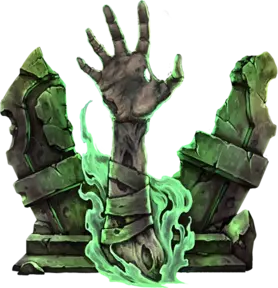
Necromancers follow the classic summoner archetype, relying heavily on summoned creatures for both damage and survivability. The Necromancer mastery stands out as a top choice, thanks to its ability to summon vast hordes of the undead. This unique feature allows you to take a more laid-back approach, letting your legion of minions handle the bulk of the work on your behalf.
Paladin (Sentinel)

Paladins, like their brethren Void Knights, also blend magic and melee. Playing as a Paladin involves managing a range of support skills alongside direct damage and defensive abilities. These skills not only enhance the Paladin’s capabilities, but often provide support to allies, making them valuable additions to multiplayer parties and an overall safe and powerful option for beginners and experienced players alike to choose.
A Tier
Runemaster (Mage)
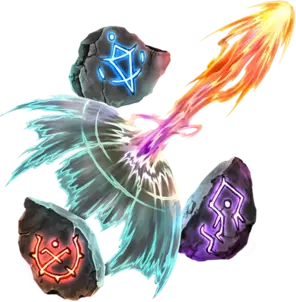
Runemasters have the ability to craft potent invocations by combining abilities in specific sequences. This complex class rewards creative players who can master intricate combos, allowing them to unleash powerful effects and become formidable forces on the battlefield.
Sorcerer (Mage)
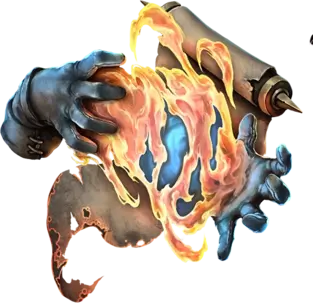
Sorcerers simply feel like the base Mage class, but drastically improved—Mage-squared, if you will. They boast access to the broadest range of spell schools among Mage Mastery options, allowing them to adapt easily to various situations with both area-of-effect abilities and potent ranged attacks.
Bladedancer (Rogue)
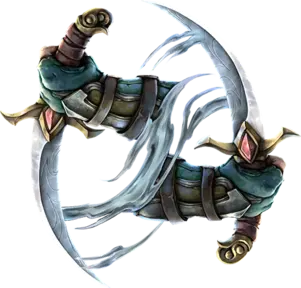
Blademasters, as a melee Mastery, excel in hit-and-run tactics. While not as robust or outright powerful as some melee counterparts, their agility allows for incredible bursts of damage while minimizing exposure to typical melee dangers.
Falconer (Rogue)

Falconers represent a pet-centric option, focusing on a single type of pet—the falcon. This unique approach involves the falcon not only attacking and distracting foes but also providing valuable buffs to the player. It introduces a nuanced alternative to traditional “summon and forget” pet classes.
B Tier
Warlock (Acolyte)

Warlocks represent a more traditional spellcasting approach, wielding dark magical abilities that curse targets, inflict damage over time, and weaken enemies with afflictions. While Warlocks are potent casters capable of handling a variety of challenges, they do lack some of the distinctive features of other Acolyte mastery options.
Marksman (Rogue)
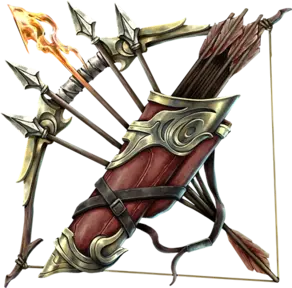
What sets Marksman Rogues apart is their access to a versatile arsenal of arrows, enabling adaptation to specific situations, resembling a spellcaster more than a traditional archer. Marksman is the go-to Mastery for Rogue players who favor the bow and arrow, but when it comes to long-ranged masteries, ones like Sorcerer and Runemaster clearly have the Marksman beat.
Spellblade (Mage)
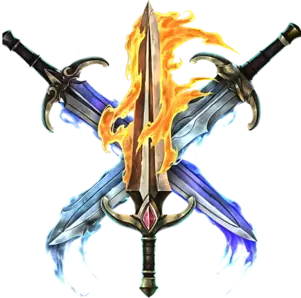
Spellblades focus on imbuing melee weapons with various forms of magic. Despite their emphasis on close-range combat, they can deliver devastating attacks that can quickly dispatch enemies. Additionally, they retain the capability to launch magic missiles from their enhanced weapons. They do falter in effectiveness when compared to the other Masteries of the Mage, however.
Void Knight (Sentinel)
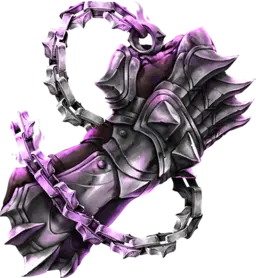
If you’re looking for a bit of edge, Void Knights should be your pick. They strike a balance between magic and melee, utilizing potent Void abilities to control the battlefield, unleash powerful AoE attacks, and sow chaos. While not the worst Sentinel Mastery, especially with the right blessings, the Paladin outperforms the Void Knight in every aspect, whether with damage or support capabilities.
C Tier
Forge Guard (Sentinel)
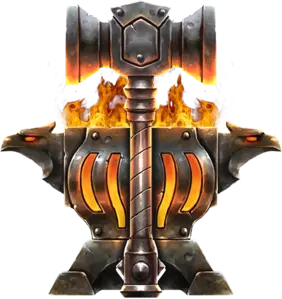
Forge Guards represent a more classic Barbarian/Warrior archetype. As defensive powerhouses capable of unleashing formidable melee attacks, they also possess the ability to summon and utilize various magical weaponry and armor. This additional layer of complexity and versatility adds depth to what might otherwise be a straightforward melee option. The Forge Guard has the potential to be dangerous, but its skill tree and slow speed isn’t for everyone. This Mastery just simply doesn’t compare to Void Knight or Paladin when it comes to raw damage.
Beastmaster (Primalist)
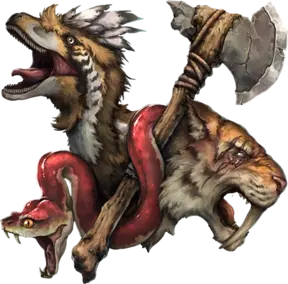
Beastmasters adopt a different approach, summoning armies of creatures to fight on their behalf. Functioning as nature’s equivalent of Necromancers, Beastmasters can also tap into powerful spells when needed. Unfortunately, this Mastery turns out to be the worst summoner out of all the Masteries in the game, with the summons being a little too lackluster.
Shaman (Primalist)

Shamans present a hybrid concept, incorporating aspects of both Druids and Beastmasters. They summon “companions” in the form of totems, while also relying on various spells for damage. Strategic placement and upgrades of totems significantly enhance their power, with their overall effectiveness closely tied to the use of Nature Magic. The Shaman’s skill tree is considered underwhelming since it doesn’t strengthen the totems to end-game expectations, which may cause you to struggle to be effective in solo runs.


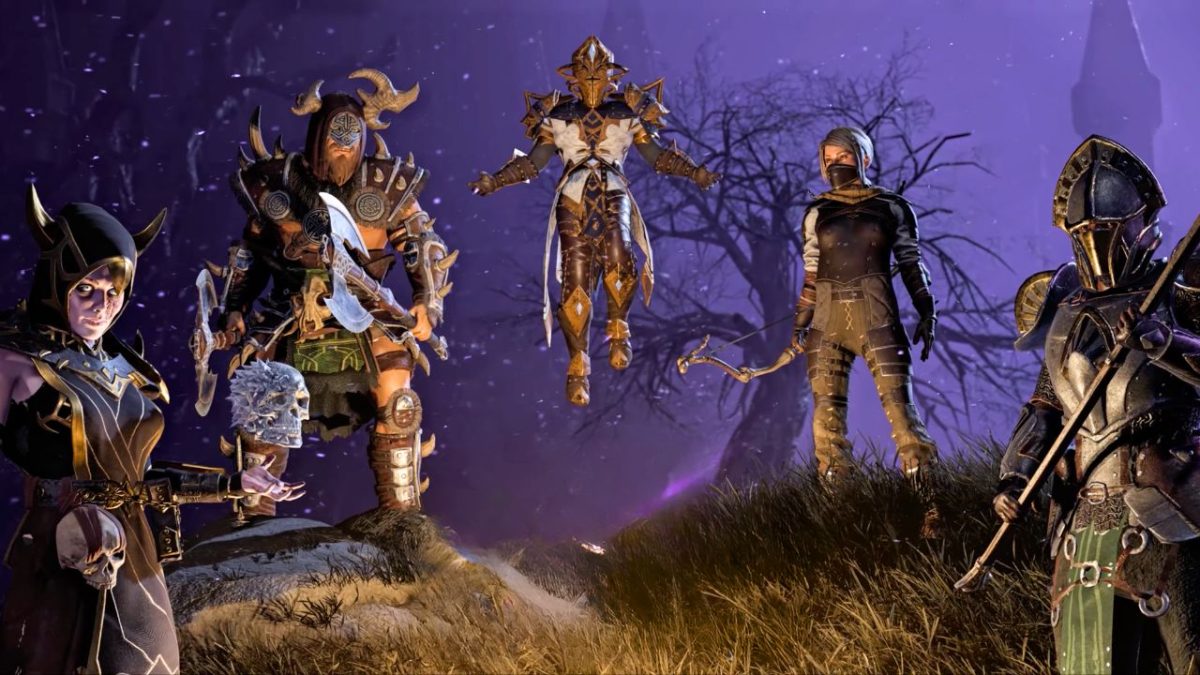

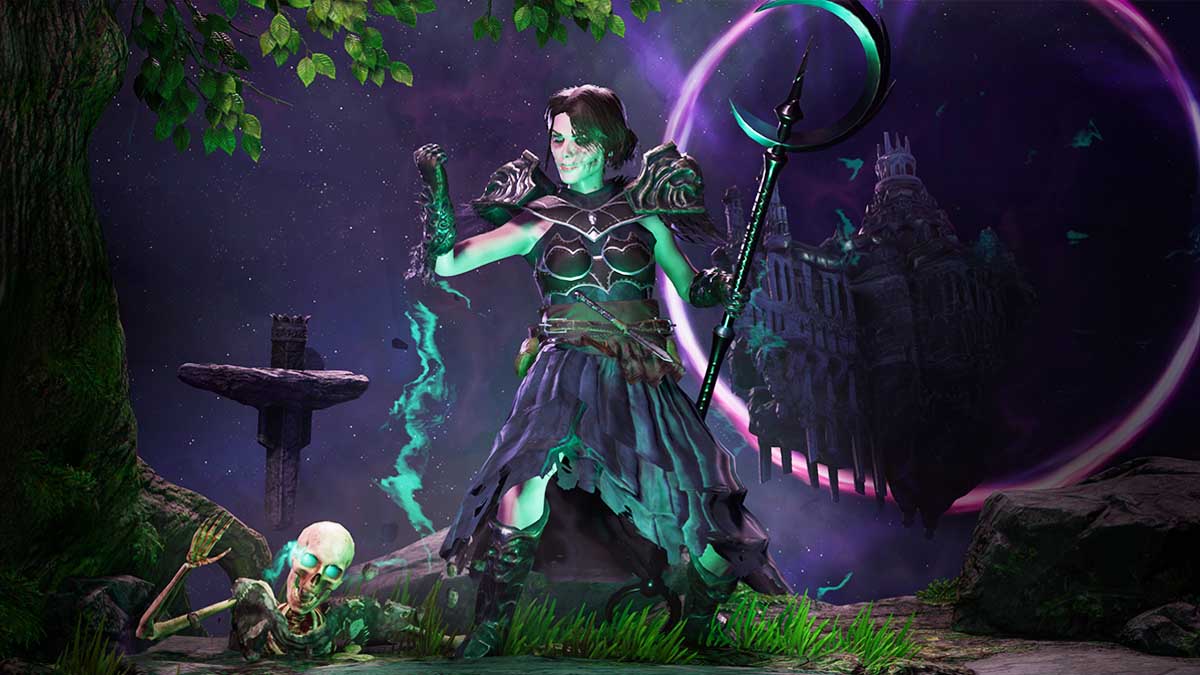
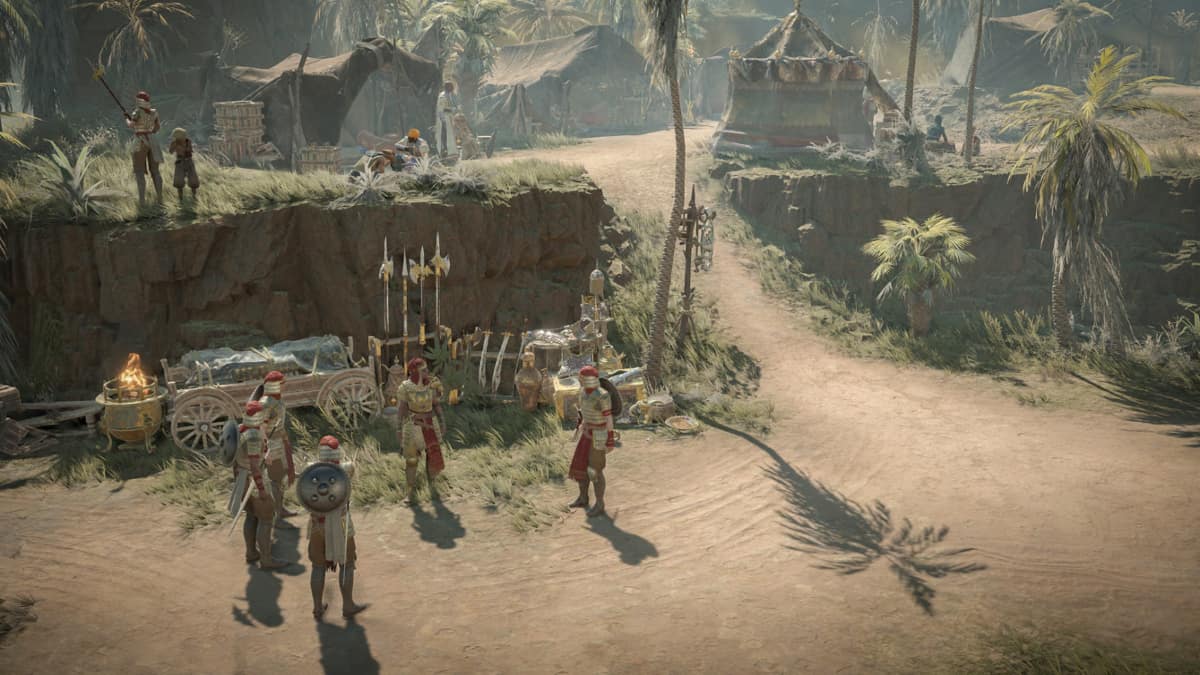


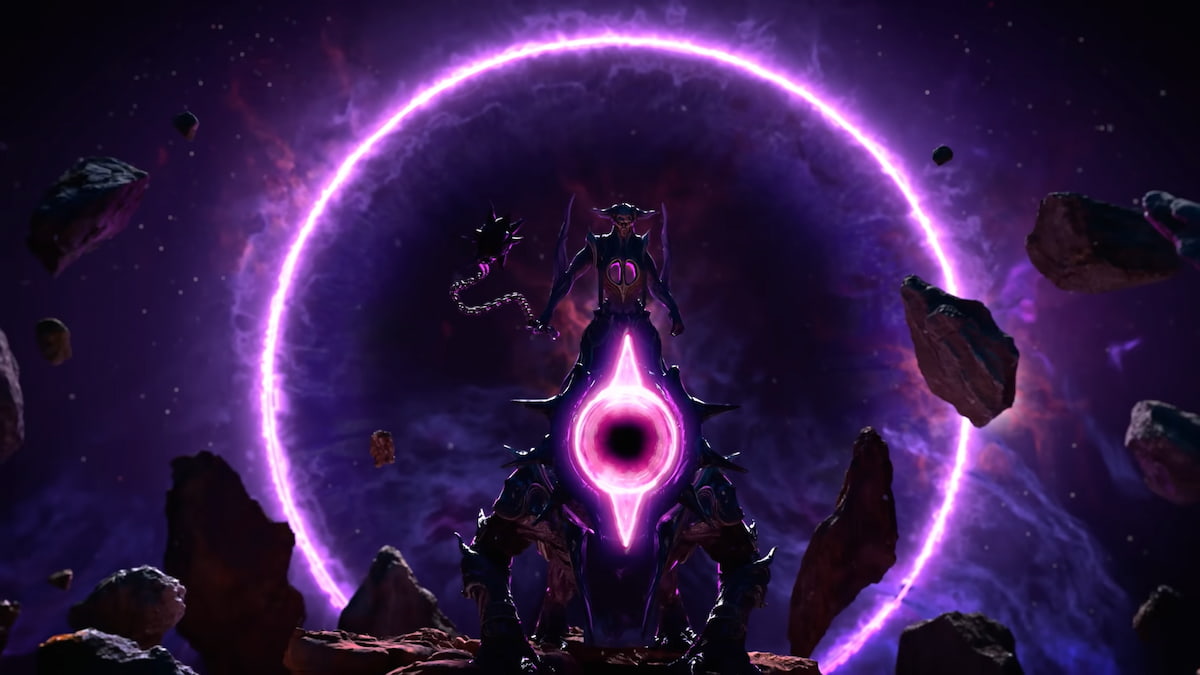
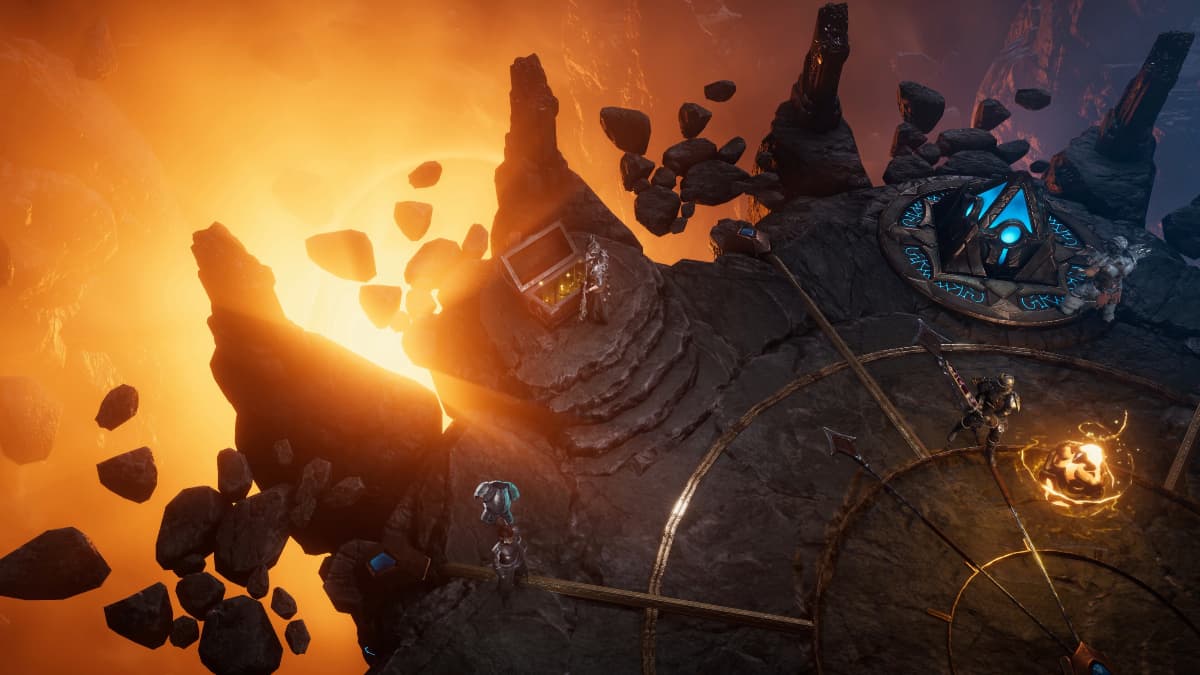
Published: Mar 5, 2024 12:45 pm